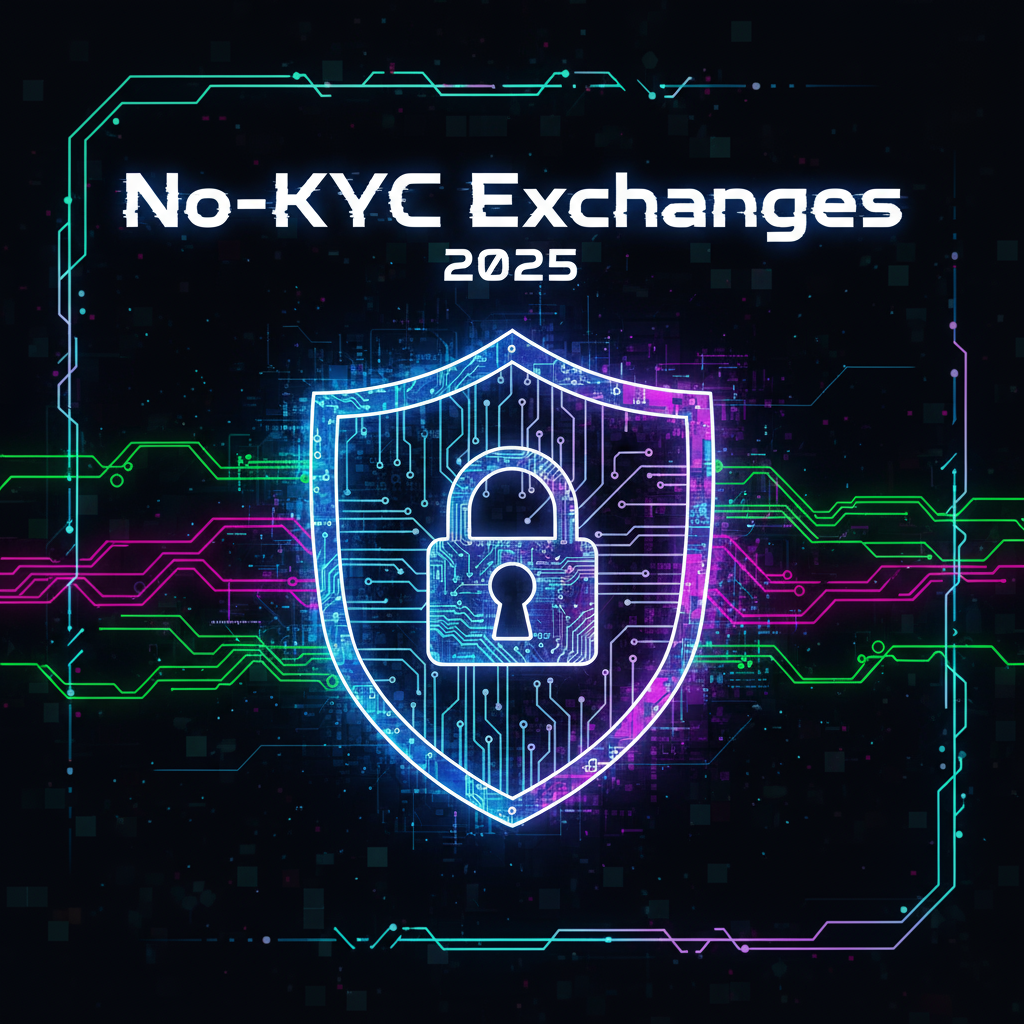Top No-KYC and Low-KYC Crypto Exchanges in 2025 — a practical guide

This guide helps you understand which centralized exchanges (CEXs) still allow trading with low or optional KYC in 2025, what limits to expect, and how to safely use them. We focus on practical facts — withdrawal limits, the need for verification to unlock features, and the security trade-offs to keep in mind.
How to read this guide
For each exchange below you’ll find: a short description, the usual no-KYC withdrawal limit (when available publicly), the most common benefits of completing KYC, and concise pros & cons. Treat limits as regional and time-sensitive — always confirm on the exchange’s help pages before moving large sums.
Quick summary (TL;DR)
- MEXC — relatively high no-KYC limits in many regions; KYC increases limits substantially.
- Bybit — allows significant withdrawals for verified users; verification unlocks higher allowances and features.
- CoinEx — historically more permissive on KYC; completing ID verification raises daily/30-day caps.
- PrimeXBT — crypto-only onboarding available; fiat operations require KYC and higher withdrawal limits usually need verification.
- Tapbit & KCEX — newer venues with varied KYC rules; some features and higher limits require verification.
Exchange breakdown
MEXC is widely used for altcoins and has historically allowed users to trade with limited identity verification. The platform increases withdrawal caps once users complete identity levels — a common way to scale from casual use to professional usage.
Pros
- Large token selection and active listings
- Reasonable on-ramp for casual traders
- KYC tiers that clearly raise limits
Cons
- Regional restrictions can change without notice
- Always verify up-to-date limits on their support pages
Bybit combines good liquidity with a mature product set (spot, futures, options). For many users, basic access is instant, but advanced features, higher withdrawal thresholds and fiat services require KYC.
Pros
- High liquidity and professional tooling
- Clear KYC benefit structure
- Good for active traders
Cons
- KYC pressure has increased industry-wide — expect more checks
- Some regions may enforce stricter requirements
CoinEx historically positioned itself as privacy-respecting (supporting some privacy coins), and it keeps a relatively simple onboarding flow. That said, KYC still unlocks significantly larger withdrawal and fiat options.
Pros
- Simple interface and privacy coin support
- Clear upgrade path to higher limits
Cons
- Lower liquidity vs major tier-1 exchanges
- Policies and limits change — check the support center
PrimeXBT is aimed at leveraged traders and offers multi-asset exposure. Its model is focused on crypto deposits/trading without mandatory KYC for basic access — but operational and regulatory requirements can limit withdrawals until identity checks are performed.
Pros
- Multi-asset trading and high leverage
- Quick crypto onboarding for basic use
Cons
- CFD model and leverage increase risk for inexperienced users
- Withdrawal caps and KYC nuance require checking support pages
Several newer exchanges (Tapbit, KCEX) advertise lighter KYC or higher initial withdrawal limits, but these venues often show thinner order books and regional nuances. Always check the exchange’s official help pages and third-party reviews before moving significant capital. :contentReference[oaicite:4]{index=4}
Pros
- Potentially higher no-KYC allowances for small/medium users
- Fast onboarding in many cases
Cons
- Lower liquidity, opaque metrics, and shorter track records
- Higher operational risk — due diligence is essential
Practical safety checklist before using no-KYC or low-KYC exchanges
- Start with small deposits and test withdrawals before escalating volume.
- Enable hardware-based 2FA or an authenticator app (avoid SMS where possible).
- Prefer withdrawals to self-custody wallets (cold storage) for long-term holdings.
- Keep records (tx hashes, support chats) in case of disputes.
- Check jurisdiction and whether the exchange is registered as an MSB — regulatory posture matters for large withdrawals.
Conclusion — how to choose
If privacy is your goal, weigh withdrawal needs against platform trust. For small daily trading, some platforms let you start without KYC; for larger activity, verified accounts on reputable exchanges remove many operational limits. Always confirm current limits on the exchange’s official support pages before transacting.
